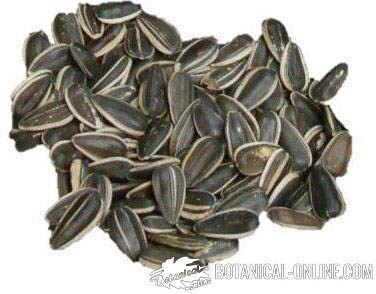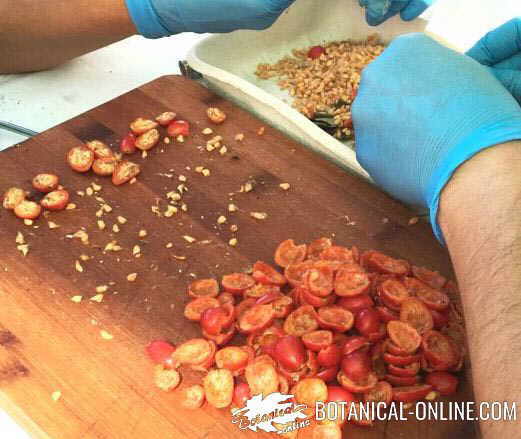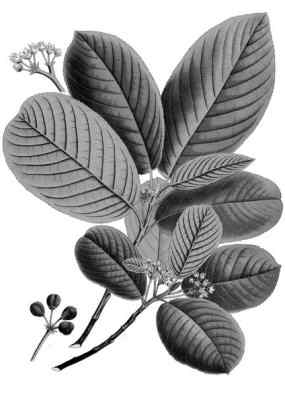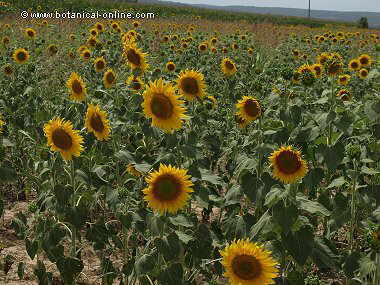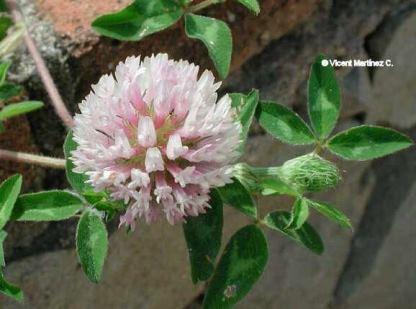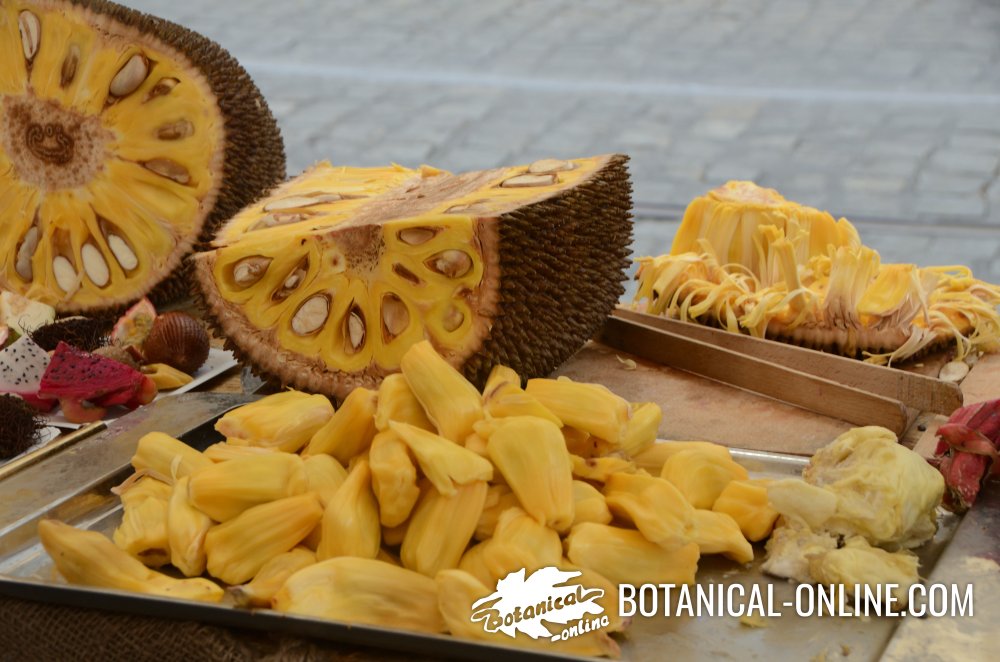Contents
How to grow angelica (Angelica archangelica)
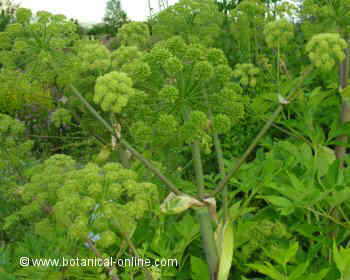
Photo of angelica (Angelica archangelica)
 Angelica. Characteristics
Angelica. Characteristics
Biennial herbaceous plant, robust up to 2 meters Stem erect, grooved and hollow. Leaves large, alternate embracing the stem at the base.
Small white and yellow flowers together in umbels. The fruits are oblong diachenes. (only female plants produce fruits.)
It grows in moist, shady places, fields, forests, water edges, bogs, marshes
It flowers from May-July, depending on latitude
 Angelica. Watering
Angelica. Watering
It needs moist soil, although well drained
 Angelica. Climate and location
Angelica. Climate and location
It grows in temperate and temperate cold places. It needs to be exposed to the sun, although it grows well in cool and shady spots. It is sensitive to drought and resistant to frost.
 Angelica . Soil, preparation and fertilizer
Angelica . Soil, preparation and fertilizer
It needs deep, well drained, moist and fresh soils. Wetland or fertile soils fertilized with liquid manure, or very fermented compost.
It grows rapidly in volcanic terrains, and also alluvial and sandy soils.
It does not grow in clay soils or compact ones.
It tolerates acid-neutral soils with a rather acidic pH, between 4.5 to 7.3.
 Angelica . Reproduction
Angelica . Reproduction
It may be reproduced by cuttings or by direct seeding:
Sow seeds in autumn, although others suggest it is also possible to sow them in spring.
Seeds musty be of the same year and just-picked, because they quickly lose their germinating qualities.
You can also sow introducing the umbels in the fertile ground, cut to 30 inches, or by cuttings in early October.
 Angelica. Picking up and storing
Angelica. Picking up and storing
Angelica cultivation is focused to obtain fruits or roots, which are the plant part most used traditionally. Roots are mainly used, but also stems, leaves and flowers.
To obtain fruits, the flower heads are collected when ripe, between July-September. They are allowed to dry and, once dried, the fruit is removed from the flower. Angelica fruits are not highly appreciated because they contain few active ingredients.
To collect the roots, umbels must be cut before bloom, and roots are extracted from the plant in autumn, when the plant begins to lose its leaves. Flowering plants have few roots.
Leaves can be collected in the second year of the plant between May and June before it blooms. You can also take advantage of the petioles to make jam.
How to preserve angelica?
Angelica plant parts must be sun-dried and stored in a dry container, protected from dust and air.
 Angelica. Plagues
Angelica. Plagues
Angelica archangelica is a very fragrant plant, that attracts much garden wildlife.
Due to its richness in starch, it can be attacked by insects and mites when the weather is warm.
Its umbels are typically infested by aphids.
![]() More information about angelica
More information about angelica

 Angelica. Watering
Angelica. Watering